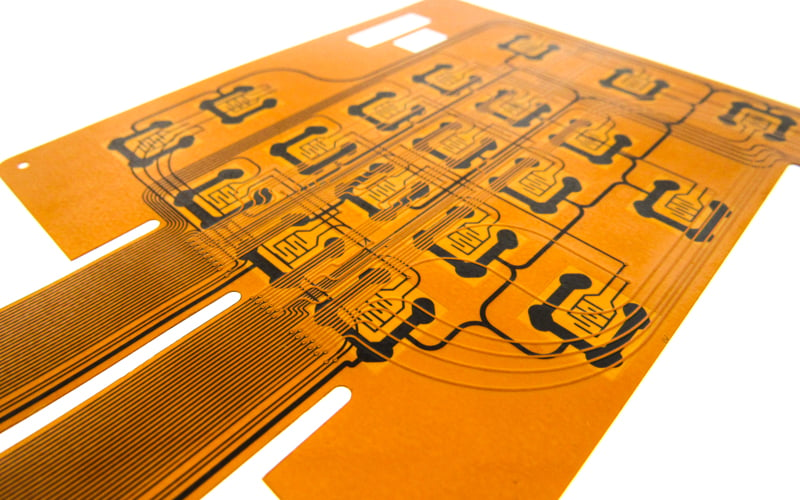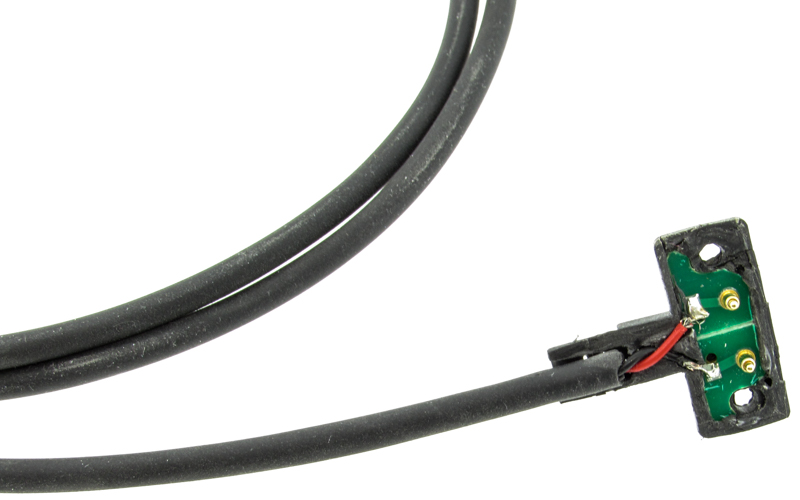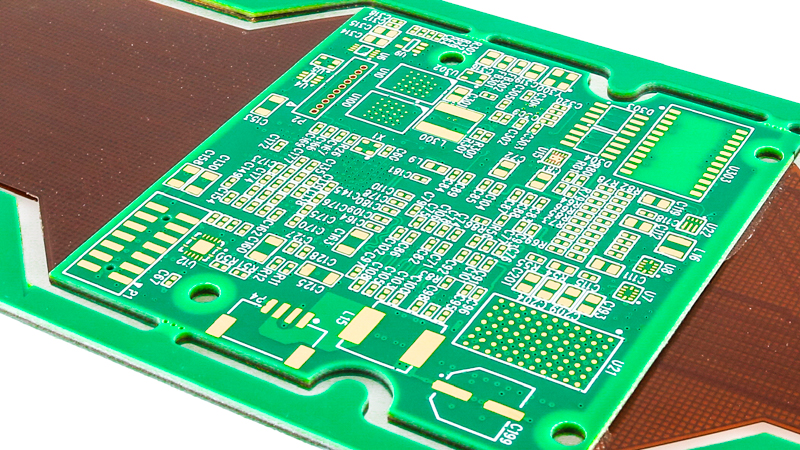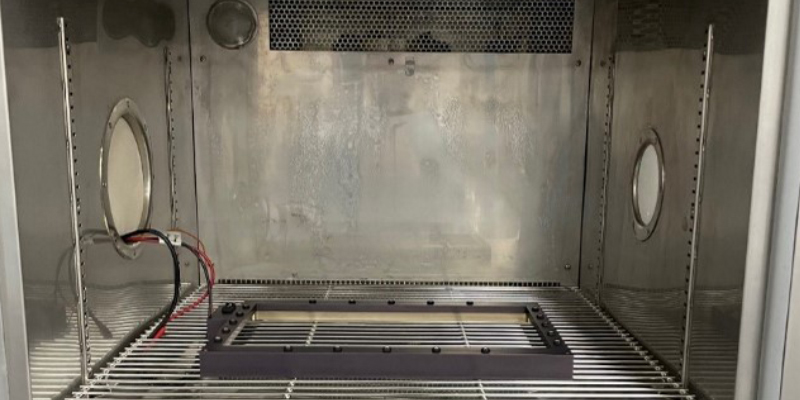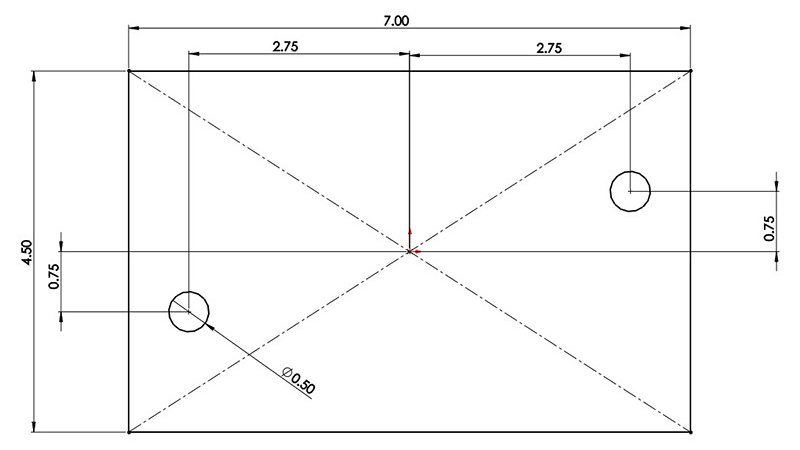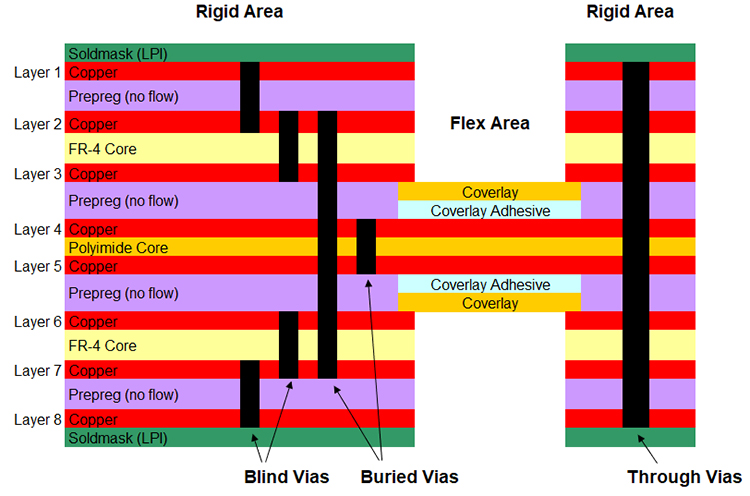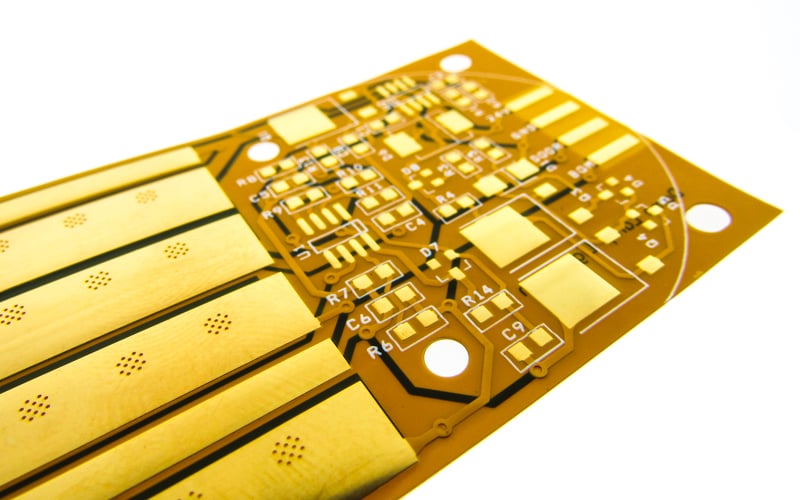Silicone is one of the most common materials used for elastomeric technologies today. Silicone elastomer is utilized across numerous industries and applications, from o-rings to cable jacketing, to cookware, to even your child’s fidget toy, silicone elastomer is chosen for its exceptional mechanical properties and low reactivity.
Dome switches are a very popular solution for use as a momentary switch. They are a good solution that provides tactile feedback that the switch has been depressed and an event registered. Many applications require a dome switch mounted to a flexible circuit board.
Outdoor cables are used in commercial, industrial, and residential applications where they are exposed to a variety of adverse conditions. To survive a lifetime’s worth of abuse, outdoor-rated cables must be designed to stand up to the elements, rough handling, excessive moisture, extreme temperatures, and contaminants like sand or dust. Having an overmold in the design of the cable assembly, the cable terminations can be sealed and ruggedized allowing for several design risks associated with outdoor use to be addressed in an economical fashion.
We get many inquiries from our customer base regarding updating or converting an existing design from its current configuration of rigid printed circuit boards interconnected with a wiring harness to a rigid-flex printed circuit board. With our experience, we can quickly determine if a conversion option is worth investigating further. We can also see how some are relatively obvious that they would need a complete redesign to convert.
Our nation’s warfighters demand the highest reliability vehicles, weapons, and communication systems that exist. Lives depend on these products working the first time and every time. They rely on the quality and reliability of the electronics behind their state-of-the-art systems.
Dating back to 1952, we are industry leaders and experts in all things printed circuit board (PCB) related, rigid PCBs, flexible circuits, and rigid-flex circuit boards combined, we know all the options and the difficulties in the fabrication processes. In this blog, we will focus on flex and rigid-flex PCBs what you should know and what to look for regarding the design and layout, as well as the importance of a successful data set and what is needed to prevent delays in engineering and manufacturing.
Typically, constraints are not something a designer wants to incorporate into a new project when first getting started on a new product. When you hear “constraint”, the first word that may come to mind could be “limitation”. Generally speaking, that word association is accurate, however, when dealing with CAD software it is not necessarily a negative thing.
With advancements in rigid-flex PCB design technology, the use of laser-based systems in the manufacturing process are very common in the industry. Not having laser drilling and cutting available would place significant limitations on what could be accomplished in a design and what components could be used.
Cable assemblies are needed across various industries and are utilized in goods that include consumer electronics, industrial products, mil areo, and even medical devices. Low cost does not mean low quality; in fact, low-cost cables are qualified for use on many high-reliability applications.
Many flexible circuit board applications require designs to be exposed to and or operate continuously at elevated temperatures well beyond that of standard room temperature. These requirements are above and beyond the requirements of component or connector assembly.


